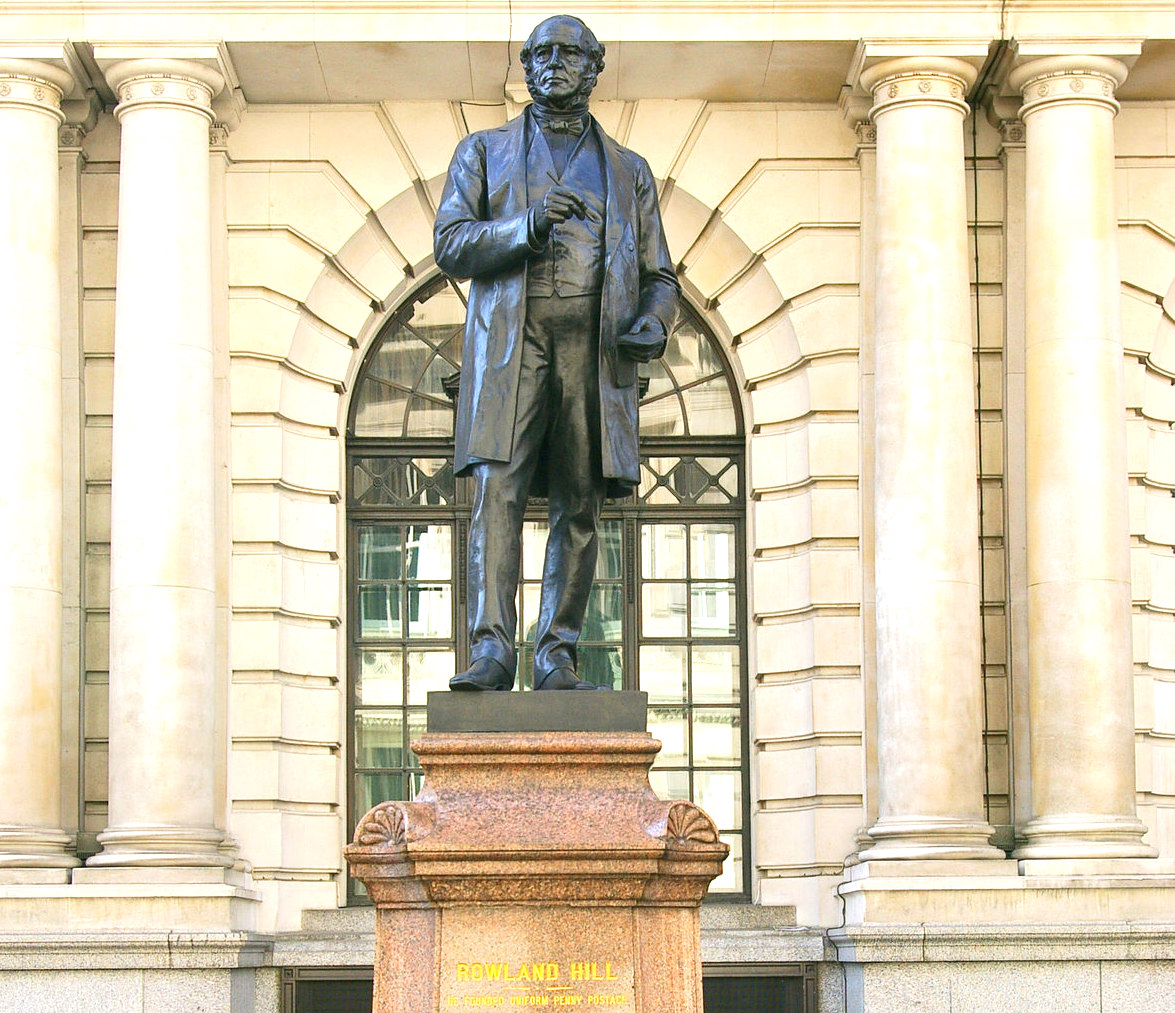In London a bronze statue by Edward Onslow Ford, also made in 1881, stands in King Edward Street. There is a large sculpture in Dalton Square, Lancaster, The Victoria Monument, depicting eminent Victorians and Rowland Hill is included. The colonisation of South Australia was a project of Edward Gibbon Wakefield, who believed that many of the social problems in Britain were caused by overcrowding and overpopulation. In 1832 Rowland Hill published a tract called Home colonies : sketch of a plan for the gradual extinction of pauperism, and for the diminution of crime, based on a Dutch model. Hill then served from 1833 until 1839 as secretary of the South Australian Colonization Commission, which worked successfully to establish a settlement without convicts at what is today Adelaide. The political economist Robert Torrens was chairman of the Commission. Under the South Australia Act 1834, the colony was to embody the ideals and best qualities of British society, shaped by religious freedom and a commitment to social progress and civil liberties. Rowland Hill’s sister Caroline Clark, husband Francis and their large family migrated to South Australia in 1850 Hill has two legacies. The first was his model for education of the emerging middle classes. The second was his model for an efficient postal system to serve business and the public, including the postage stamp and the system of low and uniform postal rates, which is often taken for granted in the modern world

